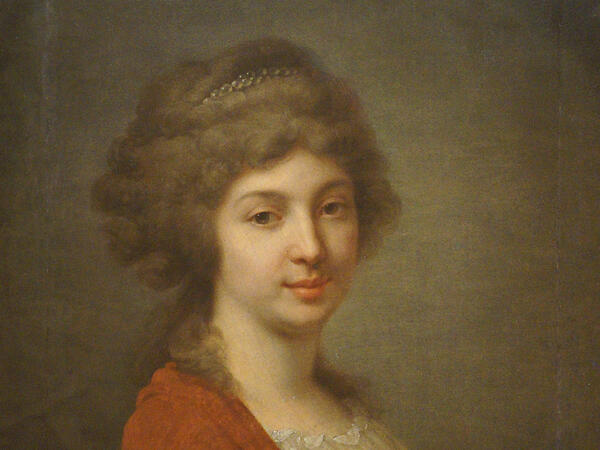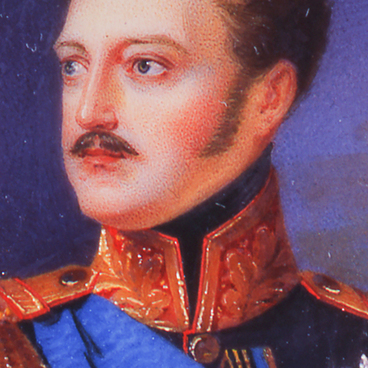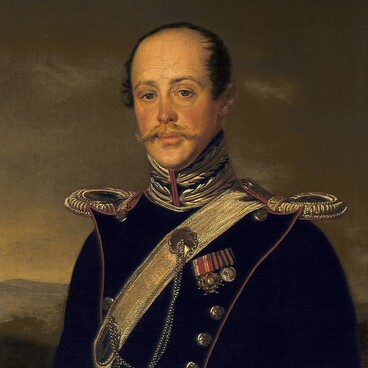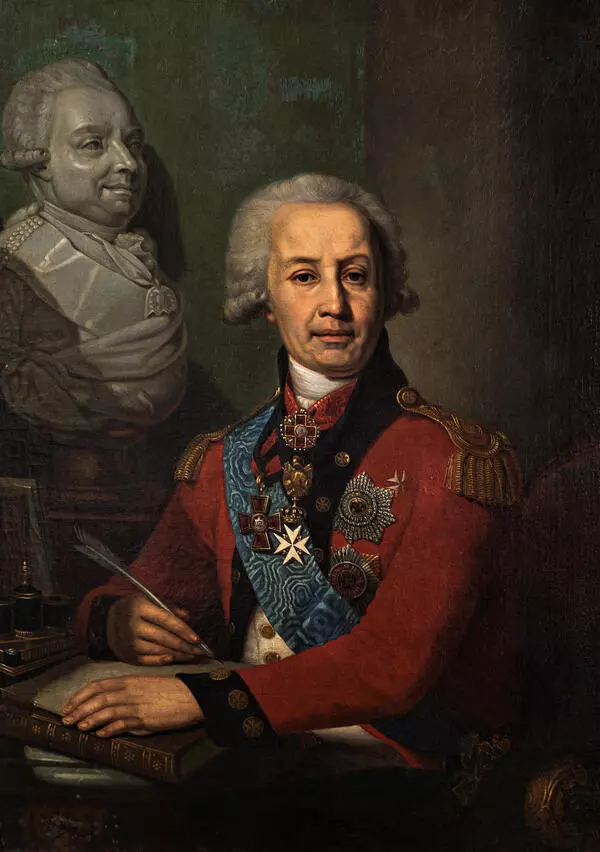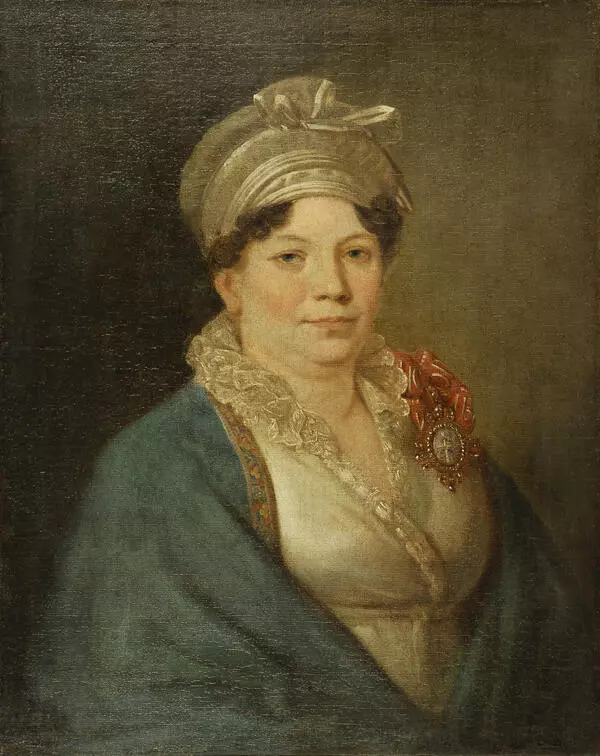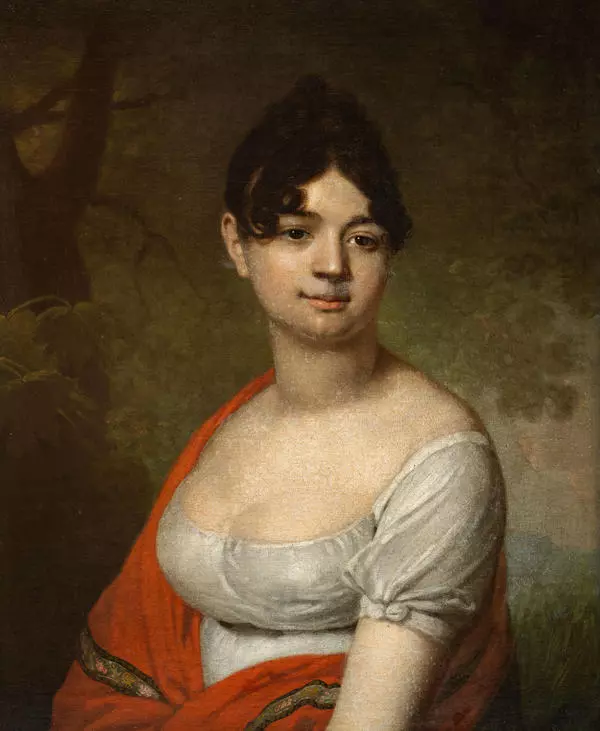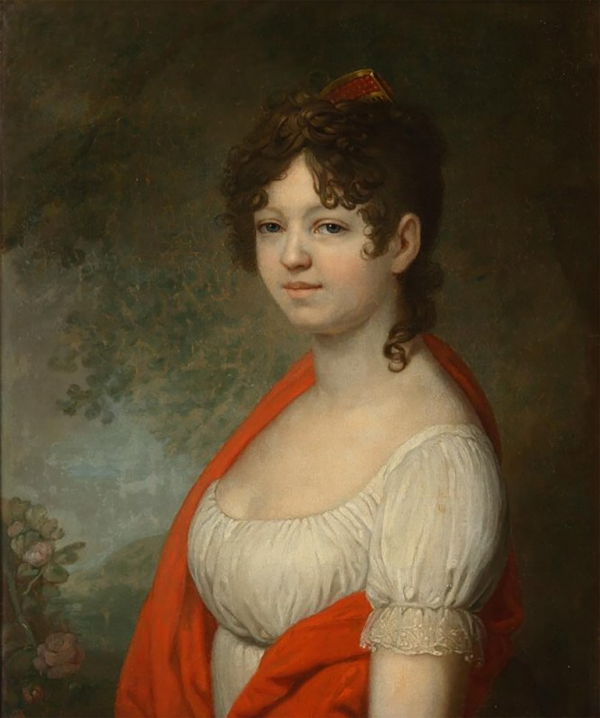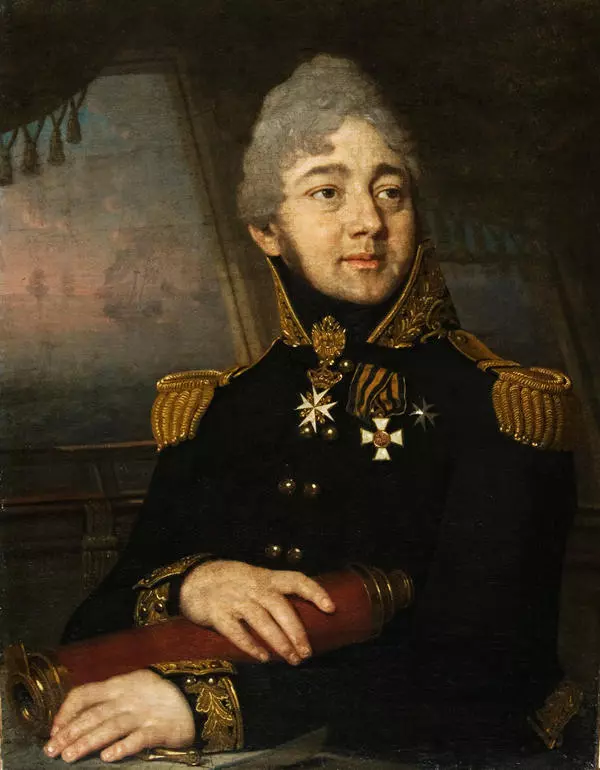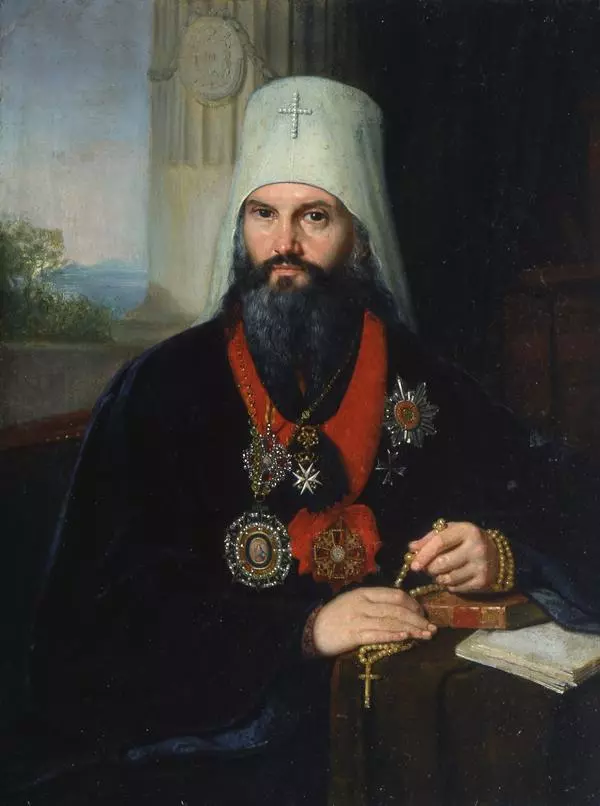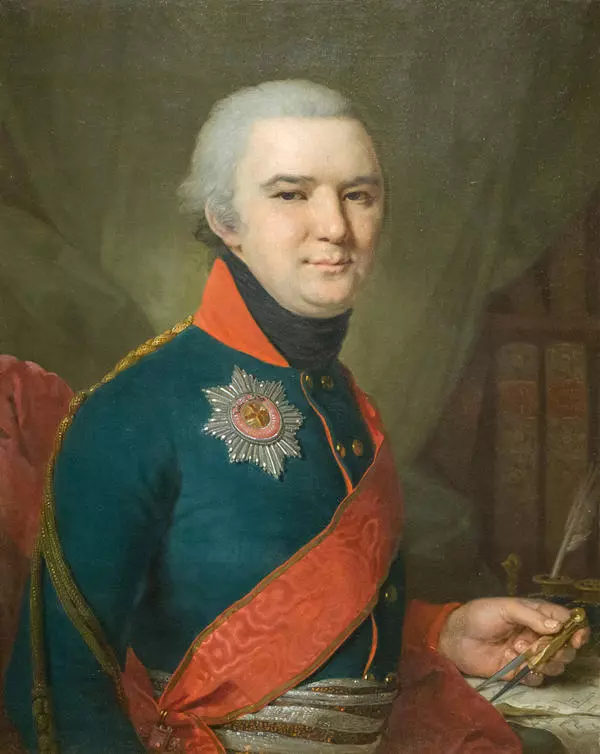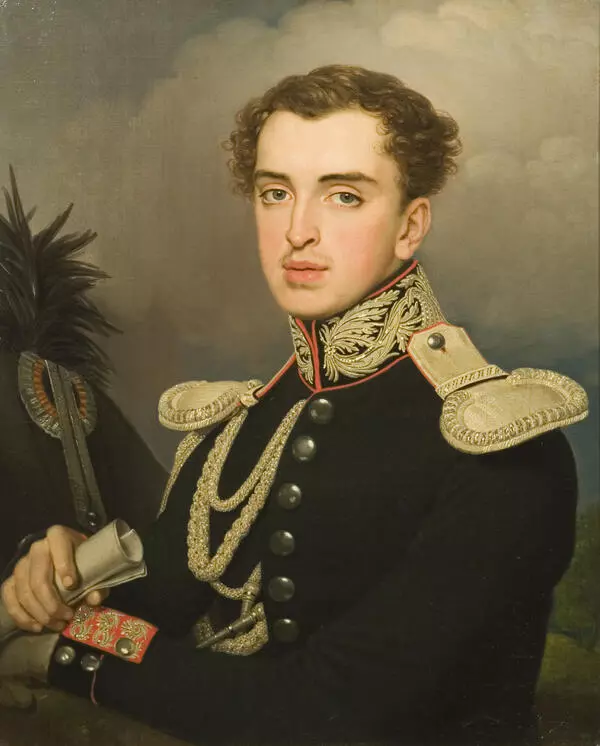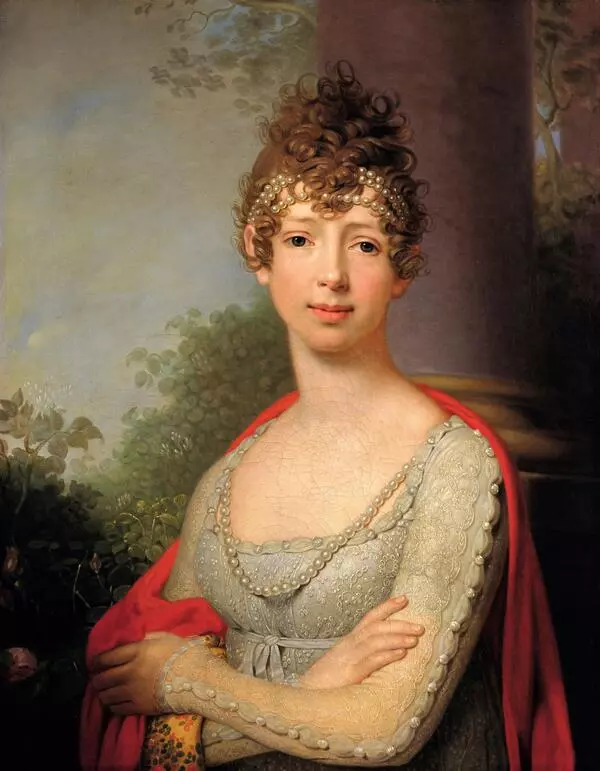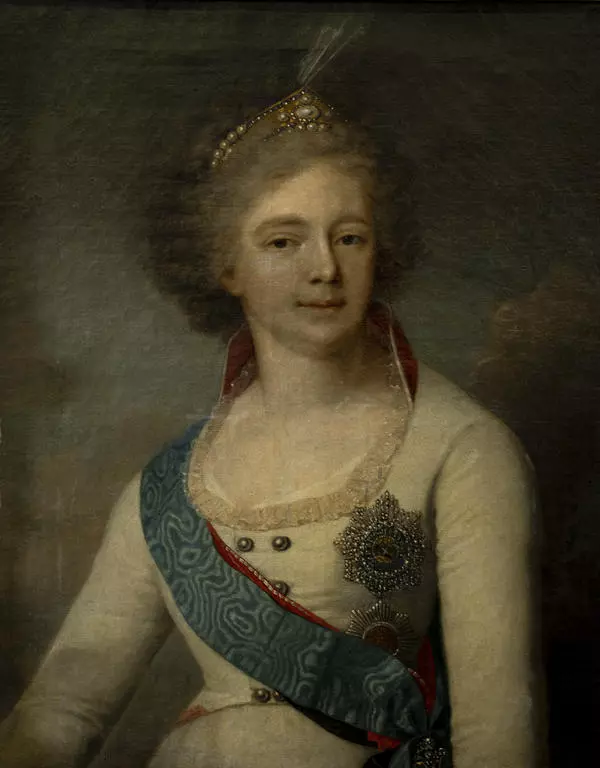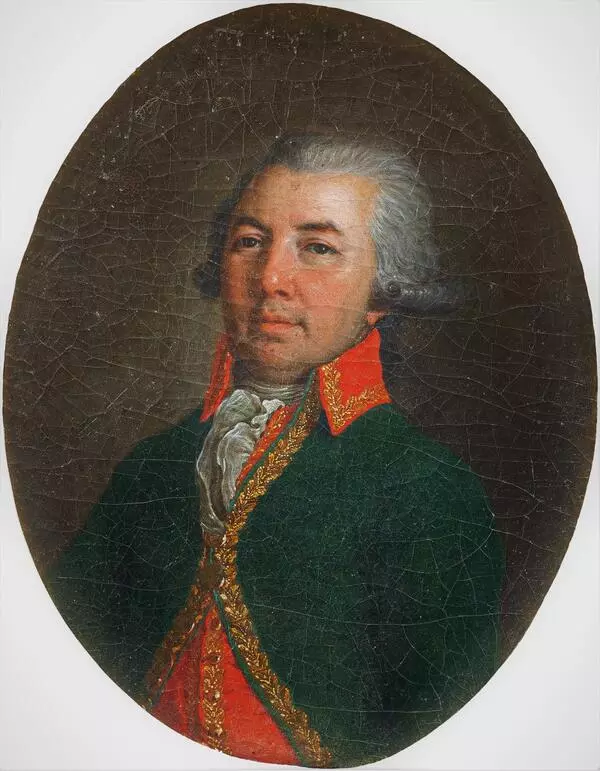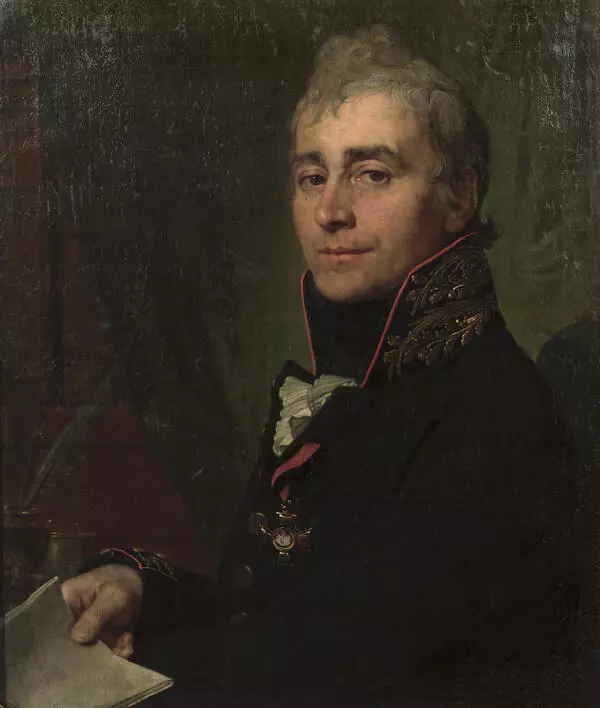Vladimir Borovikovsky painted a portrait of Vera Zavadovskaya, the daughter of Count Nikolai Apraksin, in 1840. The artwork exemplified the features of the sentimental art: the painter created a soft restrained image with the help of smooth lines and color transitions, paid special attention to the heroine’s face and her emotions.
Zavadovskaya’s husband, Pyotr Zavadovsky, was the first Minister of Public Education. He made a significant contribution to the improvement of the Russian education system. In 1775, for his participation in the Russian-Turkish war, General Zavadovsky was awarded the Lyalichi estate near Bryansk, which was designed by Italian architect Giacomo Quarenghi. The estate was renamed as ‘Ekaterinodar’ (‘Catherine’s gift’) and was extremely lavish luxurious. Zavadovsky retreated to his estate during tough periods of his life. While his wife spent most of her life in Ekaterinodar.
The 18th century is referred to as the “age of the portrait” in the history of Russian art. Vladimir Borovikovsky, who created the portrait, was considered by his contemporaries to be the master of this genre. The artist developed his painting style in the first years of his independent work. He was distinguished by the meticulous depiction of the facial features, which was complemented by an airy, free depiction of a park landscape or by a neutral background. On his canvases, Borovikovsky perfectly conveyed the textures of various materials: from velvet and satin to metal and precious stones.
Art historians note that Borovikovsky combined in his artistic style the features of classicism and sentimentalism, which existed at the same time. For instance, he added elements of landscape painting in his works which were previously rare for the intimate portraits.
In his paintings, the artist conveyed the ideas in which he believed. His male portraits elaborated upon the theme of moral societal duty of a citizen, whereas his female portraits were devoted to the themes of family life, the affection of friendship, femininity and motherhood.
In the last years of his life, Borovikovsky turned to religious painting. He created several icons for the Kazan Cathedral and designed the iconostasis for the church located on the grounds of the Smolensk Cemetery in St. Petersburg.
Zavadovskaya’s husband, Pyotr Zavadovsky, was the first Minister of Public Education. He made a significant contribution to the improvement of the Russian education system. In 1775, for his participation in the Russian-Turkish war, General Zavadovsky was awarded the Lyalichi estate near Bryansk, which was designed by Italian architect Giacomo Quarenghi. The estate was renamed as ‘Ekaterinodar’ (‘Catherine’s gift’) and was extremely lavish luxurious. Zavadovsky retreated to his estate during tough periods of his life. While his wife spent most of her life in Ekaterinodar.
The 18th century is referred to as the “age of the portrait” in the history of Russian art. Vladimir Borovikovsky, who created the portrait, was considered by his contemporaries to be the master of this genre. The artist developed his painting style in the first years of his independent work. He was distinguished by the meticulous depiction of the facial features, which was complemented by an airy, free depiction of a park landscape or by a neutral background. On his canvases, Borovikovsky perfectly conveyed the textures of various materials: from velvet and satin to metal and precious stones.
Art historians note that Borovikovsky combined in his artistic style the features of classicism and sentimentalism, which existed at the same time. For instance, he added elements of landscape painting in his works which were previously rare for the intimate portraits.
In his paintings, the artist conveyed the ideas in which he believed. His male portraits elaborated upon the theme of moral societal duty of a citizen, whereas his female portraits were devoted to the themes of family life, the affection of friendship, femininity and motherhood.
In the last years of his life, Borovikovsky turned to religious painting. He created several icons for the Kazan Cathedral and designed the iconostasis for the church located on the grounds of the Smolensk Cemetery in St. Petersburg.

